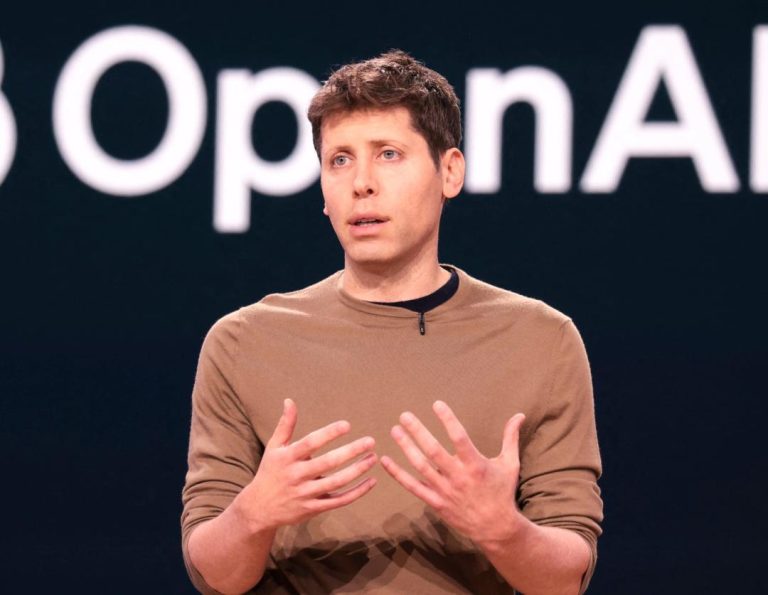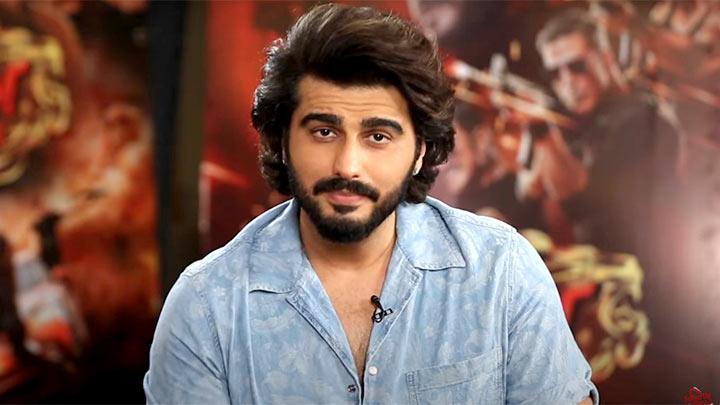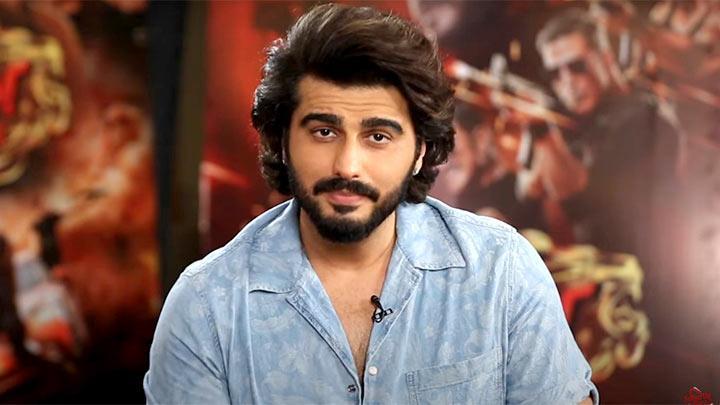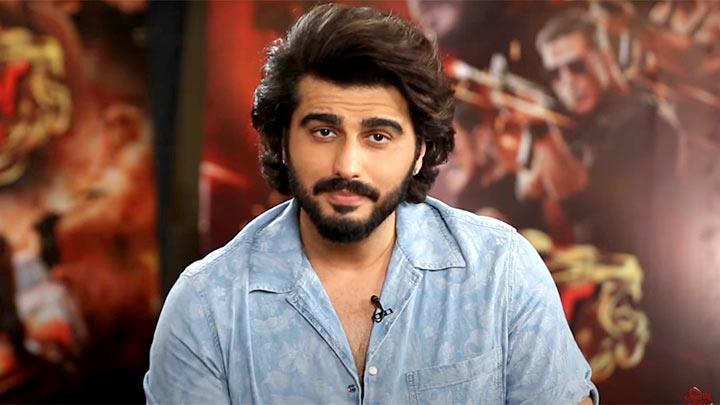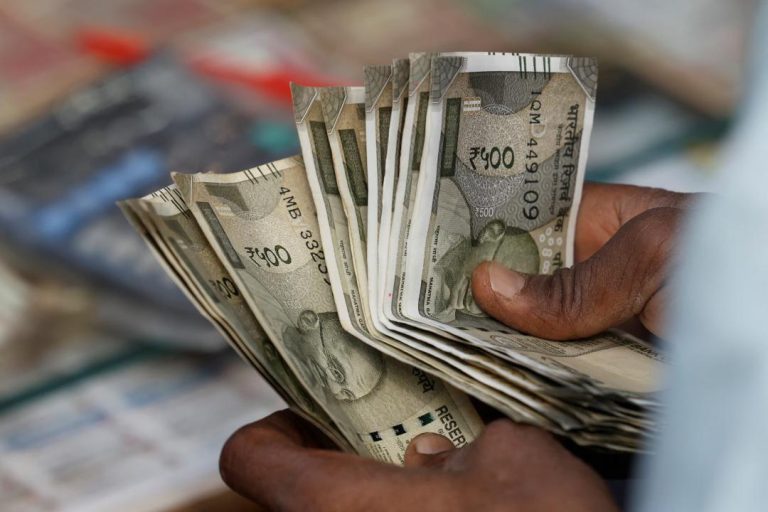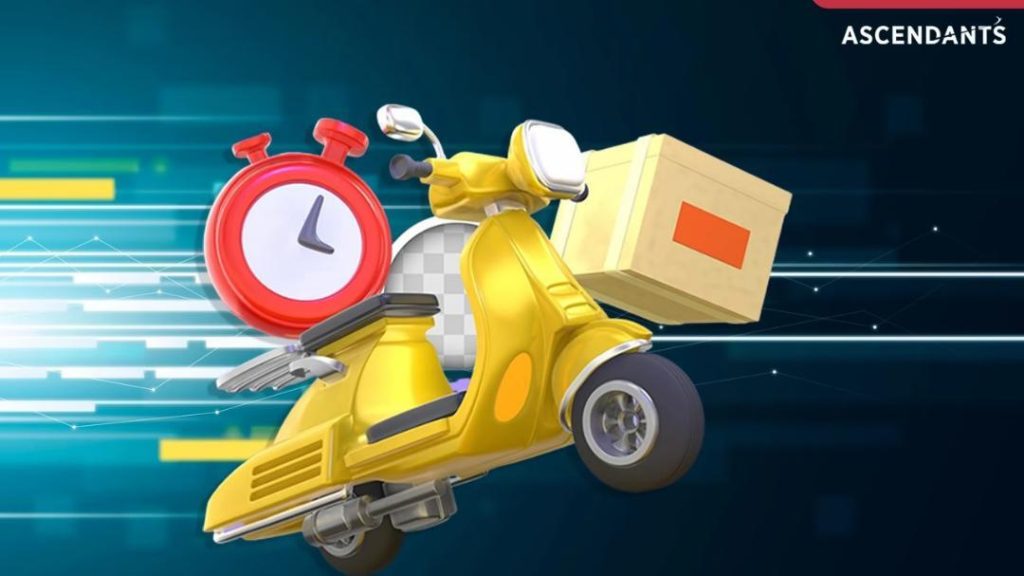
India’s New Obsessions: Quick Commerce & Short Drama Apps
India’s digital landscape has been witnessing a sea change in recent years, with new trends and obsessions emerging every quarter. Two sectors that have gained immense popularity among urban Indians are quick commerce and short drama apps. In this blog post, we’ll delve into the world of these two phenomena and explore how they’re transforming consumer behavior in India.
Quick Commerce: The New Normal
Quick commerce, also known as instant delivery or rapid delivery, has taken India by storm. The concept is simple – customers can order food, groceries, and other essentials online and receive them at their doorstep within a matter of minutes. Sounds convenient, doesn’t it? And it is, which is why quick commerce has become the new normal for many Indians.
According to a recent report, the quick commerce market in India crossed ₹7,500 crore in FY24, with a staggering 68% of metro users ordering at least twice a week. This growth is largely driven by the increasing adoption of online shopping, changing lifestyles, and the rise of the gig economy.
Companies like Zomato, Swiggy, and Dunzo have been at the forefront of this revolution, offering a range of services from food delivery to grocery shopping. These platforms have innovated and adapted to changing consumer behavior, offering features like real-time tracking, same-day delivery, and personalized recommendations.
The rise of quick commerce has also given birth to new business models, such as dark stores, where inventory is stored in a separate location and dispatched to customers. This model has helped companies reduce costs and increase efficiency, making it possible to offer cheaper and faster deliveries.
Short Drama Apps: The New Entertainment
Short drama apps, also known as short-form video apps, have become a staple of Indian entertainment. These apps offer bite-sized content, often ranging from 3-15 minutes, which can be consumed on-the-go. The most popular apps in this space include MX TakaTak, Moj, and Josh.
In 2025, short drama apps saw an astonishing 300 million users, a 40% increase from 2023. Ad revenues for these apps hit ₹2,000 crore in 2024, making them a lucrative space for advertisers.
So, what’s behind the popularity of short drama apps? The answer lies in the format itself. Short-form content is perfect for today’s fast-paced, attention-deficit world. Consumers want to consume content quickly and efficiently, without committing to long-form videos or shows. Short drama apps have tapped into this desire, offering a range of genres, including romance, comedy, and drama.
These apps have also enabled creators to produce content that’s more relatable and authentic, often featuring real-life stories and characters. This has helped to build a sense of community among users, who can engage with each other through comments and likes.
The Impact on Urban India’s Digital Habits
The rise of quick commerce and short drama apps has had a profound impact on urban India’s digital habits. Here are a few observations:
- Speed is king: Both quick commerce and short drama apps are built around speed. Consumers want their orders to arrive quickly, and they want to consume content rapidly. This has led to a culture of instant gratification, where patience is no longer a virtue.
- Personalization is key: Both platforms have innovated around personalization, offering features like customized recommendations and tailored content. This has led to a greater sense of engagement and loyalty among consumers.
- Mobile-first approach: Both quick commerce and short drama apps have a mobile-first approach, which has enabled them to reach a wider audience and optimize their services for mobile devices.
- Changing consumer behavior: The rise of these apps has led to a change in consumer behavior, where people are increasingly accustomed to instant delivery and bite-sized content.
Conclusion
Quick commerce and short drama apps have become the new obsessions in India, transforming the way we consume goods and services. These platforms have innovated around speed, personalization, and mobile-first approaches, offering a range of benefits to consumers and businesses alike.
As these trends continue to evolve, it’ll be interesting to see how they shape urban India’s digital habits in the years to come. Will we see even faster delivery times and more personalized content? Only time will tell.
